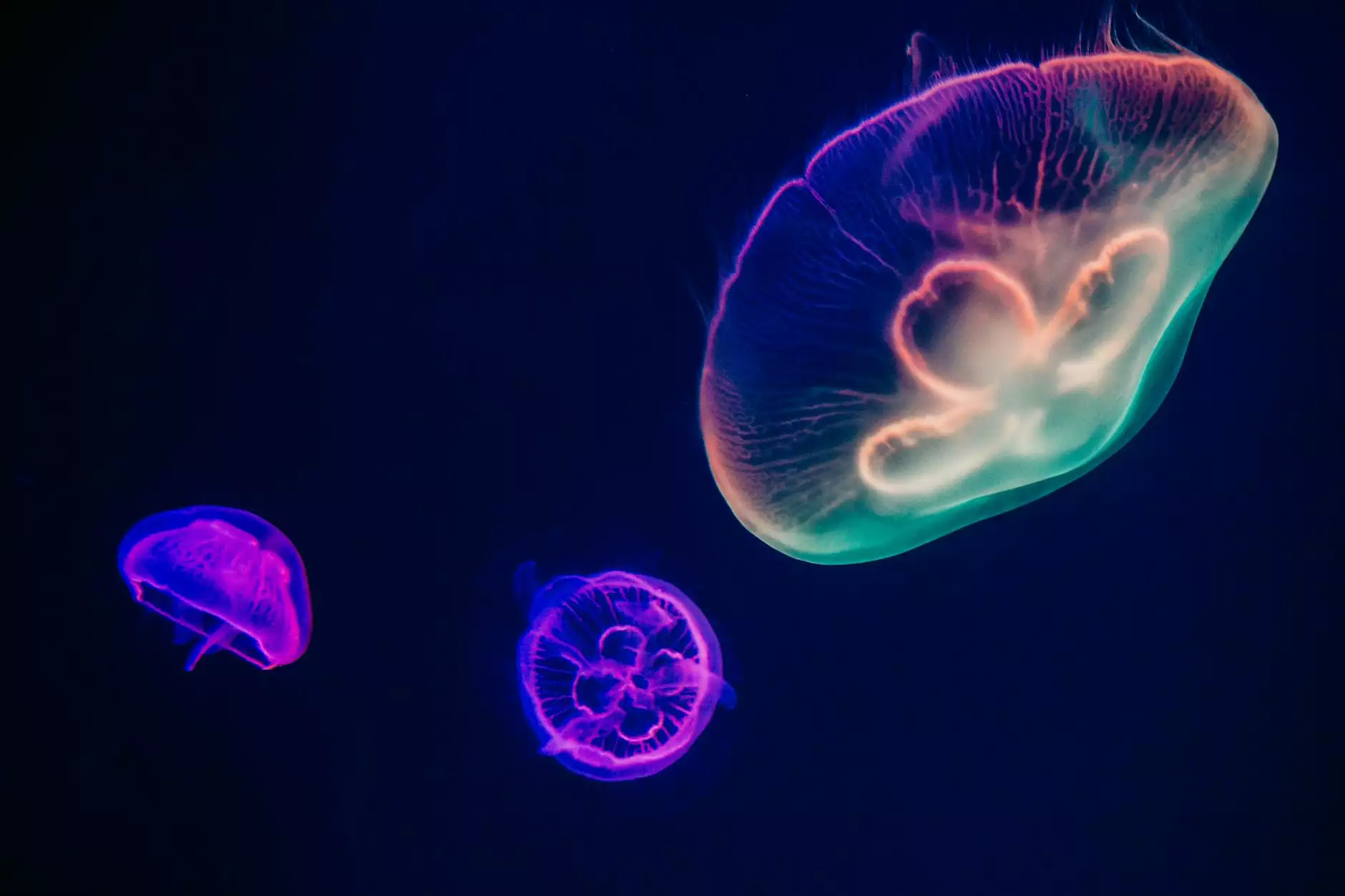Illuminating Spaces: The Power of Site-Specific Light Art

In the realm of contemporary art, few genres possess the ability to transform environments quite like site-specific light art. This innovative art form, which merges light with location, invites both artists and audiences to experience familiar spaces in extraordinary ways. At the heart of this movement is artist Grimanesa Amorós, who masterfully integrates technology, light, and her unique vision to create installations that resonate with viewers across the globe.
Understanding Site-Specific Light Art
Site-specific light art encompasses works specifically designed for particular locations, using light as a primary medium. This approach allows artists to engage with the geographical, cultural, and historical context of each site, resulting in a deeply interwoven experience of art and environment. Unlike traditional art that can be relocated or experienced anywhere, site-specific light art is inherently tied to its surroundings.
The Significance of Location
The location of an artwork can dramatically influence its perception. For instance, the natural light of a sunrise or the unexpected shadows cast within an urban landscape can enhance the emotional impact of an installation. By considering these elements, artists can captivate audiences in ways that are both profound and memorable.
Grimanesa Amorós: A Pioneer in Site-Specific Light Art
Grimanesa Amorós stands at the forefront of site-specific light art, known for her ability to intertwine artistry with technology. Based in New York, she harnesses light as a medium that not only illuminates but also narrates stories—stories of culture, identity, and human connection.
A Historical Perspective
Amorós’s work is influenced by her Peruvian heritage and the cultural narratives that she brings into her installations. By utilizing the concept of light as a means of communication, she explores themes related to identity and belonging, reflecting on both personal and collective histories. Her installations invite viewers to engage with the cultural significance of light within their own environments.
Techniques and Innovations in Light Art
While traditional art might rely on brushes and canvases, site-specific light art employs cutting-edge technology to craft immersive experiences. Amorós creatively uses a variety of materials and techniques, including:
- LED Lights: These energy-efficient lights allow for dynamic changes in color and intensity, essential for creating mood and atmosphere.
- Projections: By projecting images and videos onto surfaces, artists can animate spaces, bringing static environments to life.
- Interactive Elements: Some installations invite viewer participation, enabling the audience to influence how the artwork evolves over time.
- Fiber Optics: This technology allows for precise applications of light, enabling intricate designs that redefine the boundaries of light art.
Impact on Public Spaces
One of the most striking aspects of site-specific light art is its ability to transform public spaces into vibrant venues for community engagement. These installations often draw in crowds, fostering a sense of shared experience and interaction. Amorós’s work exemplifies this, as she often designs installations that are not merely for viewing but for experiencing.
Case Study: Public Exhibitions
Consider the transformational power of her installations during public festivals, such as the Lincoln Center displays or Art Basel. In these settings, the surrounding architecture becomes part of the artwork itself. Light spills into corners, dances on walls, and wraps around structures, creating a communal atmosphere of wonder and engagement.
The Role of Community Engagement
Another essential aspect of site-specific light art is its role in community building. By incorporating local narratives and inviting input from residents, artists can create works that resonate deeply with the community. For example, Amorós often collaborates with local artists and historians to understand the cultural context of her installations, ensuring that her work is not just visually stunning but also culturally significant.
Educational Outreach
Education plays a vital role in promoting understanding and appreciation for light art. Amorós engages with schools and community organizations to conduct workshops that inform participants about the science and artistry behind light installations. This outreach not only enlightens but also inspires the next generation of artists and art enthusiasts.
Environmental Considerations
As the world increasingly focuses on sustainability, the world of site-specific light art is not left behind. Grimanesa Amorós, like many contemporary artists, consciously incorporates eco-friendly practices into her work. This includes utilizing energy-efficient lighting, biodegradable materials, and reclaimed resources, thereby advocating for a more sustainable future for the arts.
The Future of Light Art
The domain of site-specific light art is continuously evolving, with advancements in technology driving new possibilities. As virtual and augmented realities become more accessible, the line between physical installations and digital experiences blurs. Artists are now exploring how to integrate these technologies into their works, offering audiences even more immersive experiences.
Conclusion: Embracing the Light
In summary, site-specific light art stands as a testament to the power of creativity, innovation, and community. Artists like Grimanesa Amorós open our eyes to the potential of light to transform, engage, and inspire. As we move forward, the synergy of technology and artistic expression will continue to redefine our environments, inviting us to see the world—and ourselves—in a new light.
Call to Action
To truly appreciate the impact of site-specific light art, get involved! Visit exhibition spaces, follow artists like Grimanesa Amorós, and participate in local art initiatives. By embracing the light, you become part of an extraordinary journey that unites communities through the power of artistic expression.









